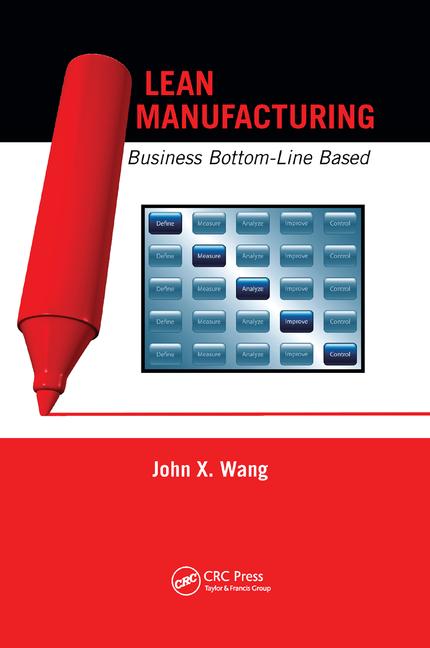Wind power works by harnessing the breeze that passes over the rotor blades of a wind turbine and rotates a hub. The hub is connected to a gearbox via a low-speed shaft and a high-speed shaft that drive a generator contained within a nacelle. The generator converts the energy into electricity.
A typical wind turbine is a sleek, slender structure that consists of a three-bladed rotor that extends up to 235 feet in diameter attached to the top of a tall tower that can range in height from 132 to 256 feet. A yaw mechanism uses electrical motors to turn the nacelle with the rotor against the wind. An electronic controller senses the wind direction using a wind vane. The devices make a whooshing noise that registers an average of 45 decibels. The average output per turbine ranges from 500 to 1,500 kilowatts.
Turbines are usually clustered together to form wind farms or wind parks. Most are located atop ridges or in valleys to take advantage of strong, steady winds. In Europe, many wind farms are located off shore in shallow water.
Wind power is touted as a clean, renewable, free source of energy that does not produce any carbon dioxide or other greenhouse gases. With recent advances in technology, wind power competes competitively with most conventional sources of energy. In the United States, the cost of wind-generated electricity has fallen from 35 cents per kilowatt hour in the mid-1980s to 4 cents per kilowatt hour in 2001.
Wind-generated electricity production jumped by 31 percent last year, making it the most rapidly growing branch of the power industry. The European Wind Energy Association (Brussels, Belgium) claims that it is possible to meet 12 percent of the world’s electricity from wind power alone by 2020.
Germany leads the world in wind electric-generating capacity, followed by the United States, Spain and Denmark. Germany boasts more than 11,000 wind turbines that generate 8,000 megawatts. But, the largest single wind farm in the world, capable of generating 300 megawatts, is located along the Washington-Oregon border.
"Despite this spectacular growth, development of the earth’s wind resources has barely begun," says Lester Brown, president of the Earth Policy Institute (Washington, DC). "In the United States, there is enough harnessable wind energy in just three of the 50 states--Kansas, North Dakota and Texas--to satisfy the country’s electricity needs."
The American Wind Energy Association (AWEA, Washington, DC) predicts 2003 will be a record year for wind power in the United States. "Well over 2,000 megawatts of new wind capacity will be installed in the U.S. in 2003," claims Randall Swisher, AWEA executive director.
Part of that increase will be due to new wind turbine technology that allows for effective electricity generation in low-wind conditions. For instance, a recently developed manufacturing process allows companies to build lighter, stronger blades.
"When you’re developing blades for big rotors, the blade has to be slim, but still rigid enough," says Ole Gunneskov, research and development manager for NEG Micon (Randers, Denmark). "That way, you can keep the weight down and put less of a load on the hub, main shaft, gears and tower."
Each 66-foot rotor blade is designed like an airplane wing. In the past, Gunneskov’s company used wood as the most important load-bearing element in blades, because of its natural attenuating effect. But it recently began to combine wood epoxy technology with carbon fiber reinforcement. NEG Micon has also unveiled a new production method based on dry lay-up of materials.
"The technology allows greater accuracy in distributing the epoxy in the mold for producing the blades, leading to lower weight and a more uniform product," explains Gunneskov. "With the production method, the epoxy is drawn into the mold by means of a vacuum, which also has the environmental advantage of not exposing surrounding areas to the epoxy.
"The combination of aerodynamic design, use of carbon fiber and dry lay-up of materials means a weight reduction of around 30 percent compared with a traditional blade made of glass-reinforced polyester," claims Gunneskov. "Another advantage over traditional fiberglass blades is that we achieve a slimmer and lighter blade design, reduced load on the main components and lower costs."



